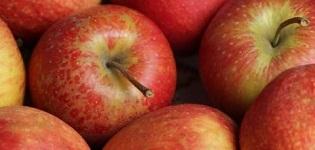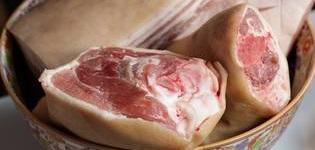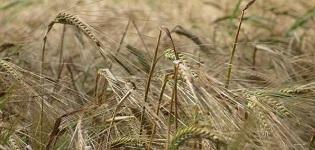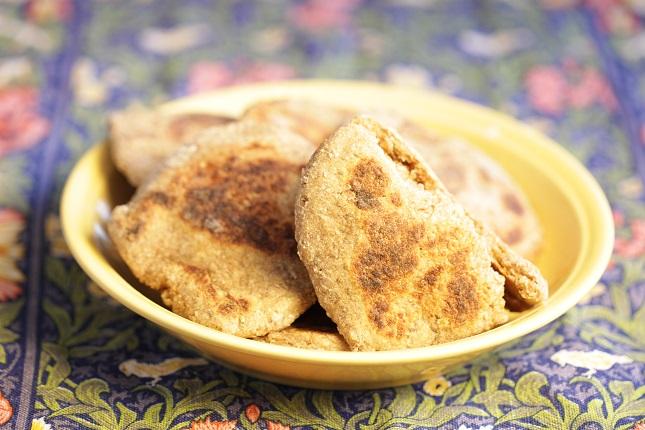Viking food

The Viking Age was not a time in which to worry about the fat content of food. The Vikings needed all the energy that they could get in the form of fat – especially in winter. Meat, fish, vegetables, cereals and milk products were all an important part of their diet. Sweet food was consumed in the form of berries, fruit and honey. In England the Vikings were often described as gluttonous. They ate and drank too much according to the English.
Today our food culture is influenced by globalisation and products from all over the world can be bought all year round. In the Viking period, however, the housekeeping needed to be planned and adapted to the different seasons. The typical Viking was self-sufficient, a farmer with domestic animals and crops in the field. There were also people who did not produce all their food and needed to buy as well. The blacksmith or fisherman could satisfy his food requirements by buying or exchanging products at the local market.
Historical texts tell us about food
The historical texts, that give us knowledge about the food that the Vikings ate, typically date to after the Viking period. We must therefore regard such information with caution. A much better source of information about the Viking kitchen are the plant remains and bones recovered from archaeological excavations of decomposed deposits, post holes, fireplaces and waste layers.
A typical Viking meal
In the poem about Hárbard and Thor, a typical Viking meal is described. Thor tries to persuade the ferryman Hárbard – Odin in disguise – to take him over a sound: "Ferry me over the sound, then I will feed you tomorrow! I have a basket on my back, never was the food better. I ate in peace before I left home, herrings and oatmeal, so I am still full."




